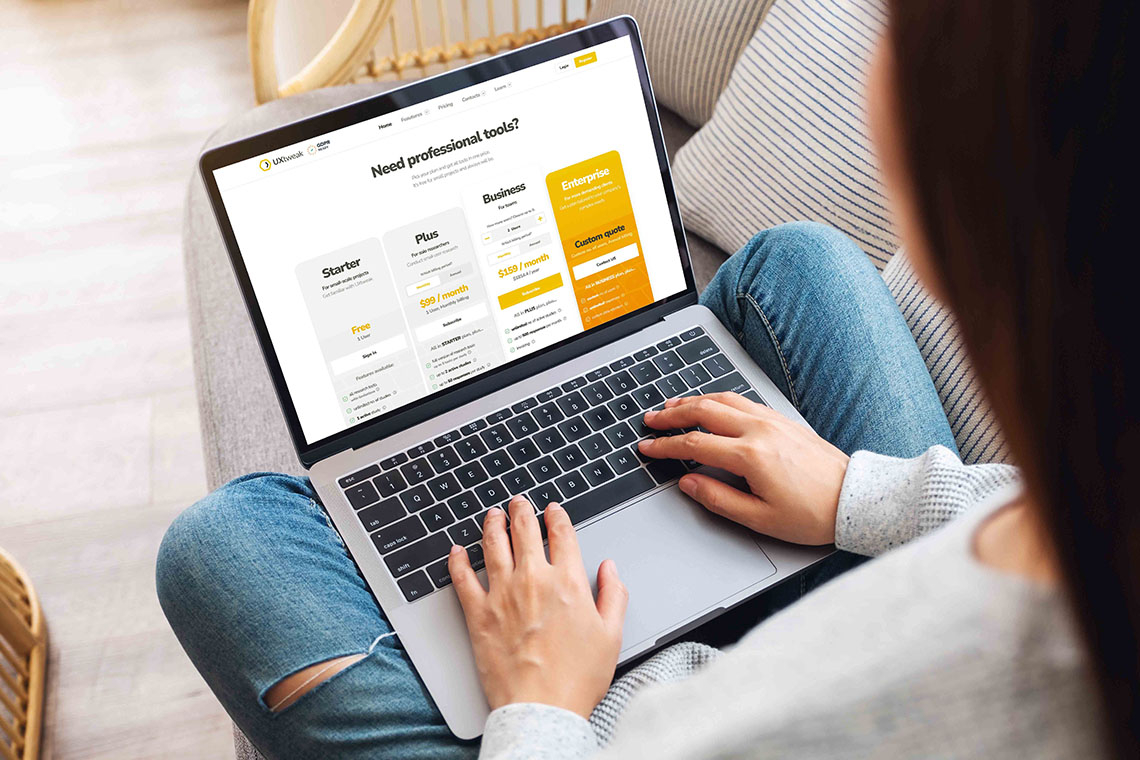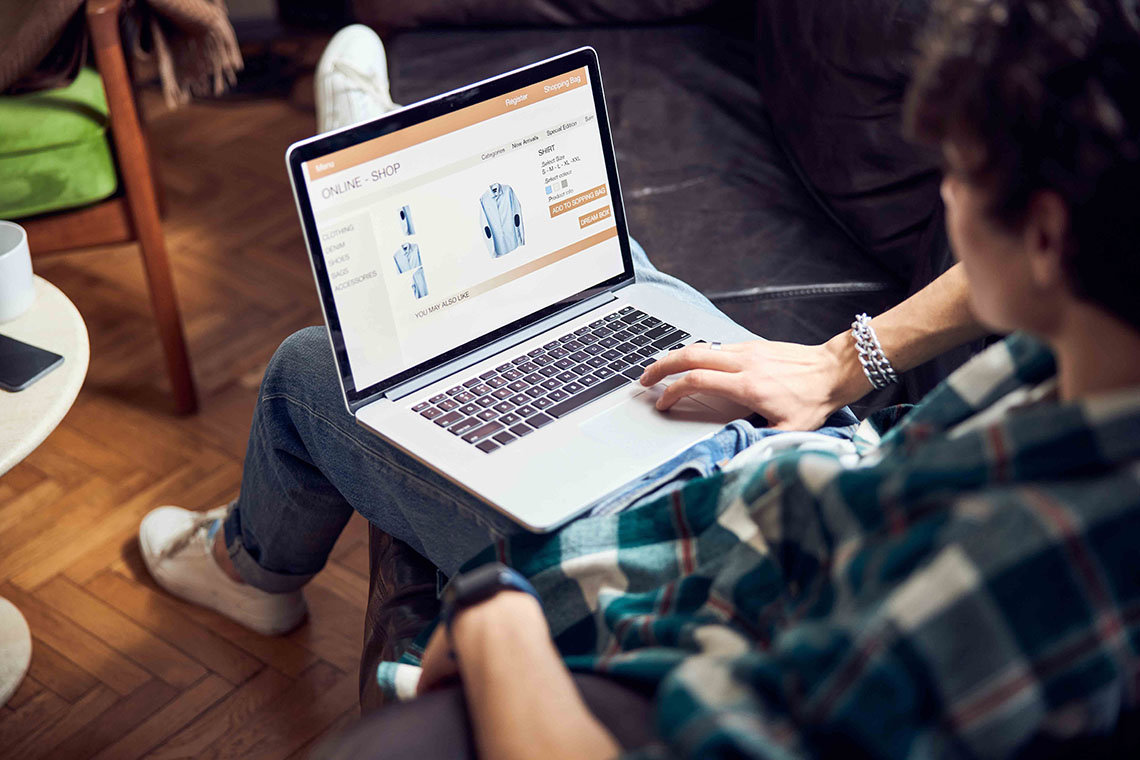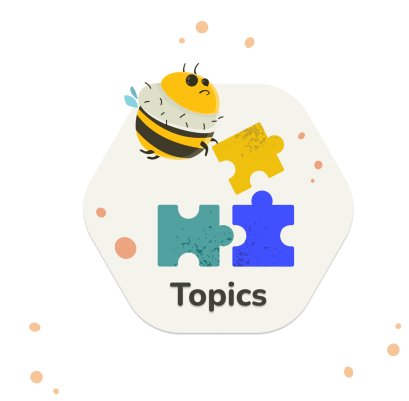In today’s competitive landscape having a product design portfolio that makes you stand out from the crowd is a must. A good product design portfolio can open your roads to securing your dream jobs and freelance gigs, as well as help with building your personal brand online.
Let’s dive deeper into the world of product design portfolios and learn how you can create yourself the one that stands out!
Why Every Product Designer Needs a Portfolio
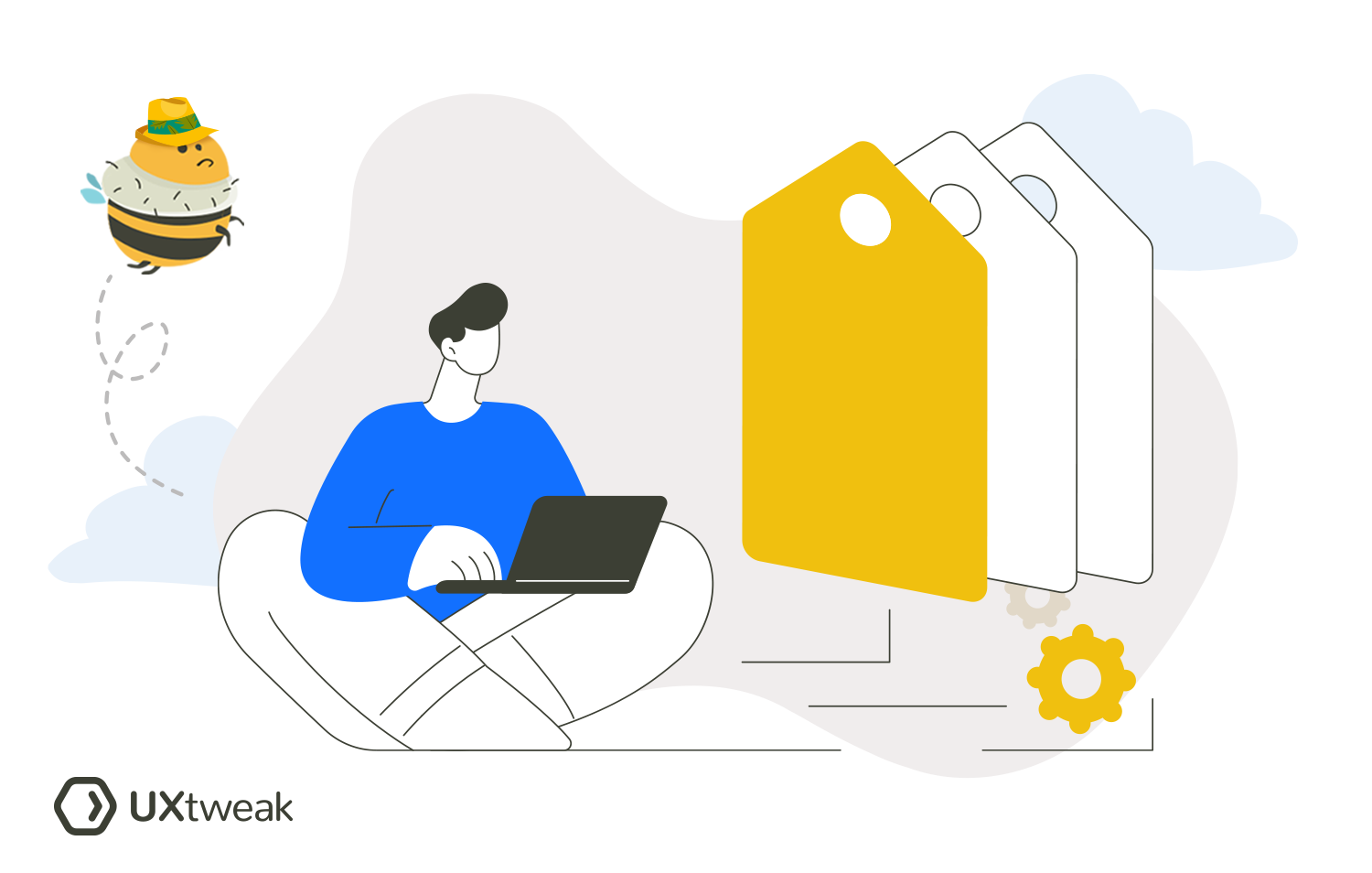
A portfolio of works is an essential asset that helps product designers demonstrate their knowledge, showcase their skills and previous projects, and establish credibility.
Here are some of the main cases when having a product design portfolio can help you stand out:
- Job applications: When applying for a job as a product designer, your portfolio serves as tangible evidence of your abilities. Employers want to see your previous work to assess if your design style and skills align with their needs. A well-structured portfolio can make your application more convincing and increase the chances of landing an interview.
- Freelance gigs: Freelance designers primarily rely on their portfolio to attract clients. When potential clients are considering hiring you for a project, they want to see what you’ve done in the past to gauge your suitability for their needs.
- Personal branding: a portfolio is a tool that defines you as a product designer and contains your best projects, your methodology, design philosophy, etc. A well-curated portfolio can help you define and showcase your unique style, making it easier for clients and collaborators to recognize and remember your work.
- Networking: an impressive portfolio of works is a great conversation starter when you’re trying to make connections with other professionals. Also, if any work opportunities arise while you network with new people, your portfolio will always be at hand to demonstrate your skills and experience.
What to Include in a Product Design Portfolio

Skills and tools
Provide a list of your skills and projects you work with, as well as a list of tools you use for your product design work.
Project samples
Showcase the selection of your best and most relevant projects. You might be tempted to put all of your projects in there, but keep in mind that quality absolutely beats quantity when it comes to making a good portfolio.
Choose a couple of your best projects and focus on showcasing those in detail, demonstrating your impact and design process. Provide the context and background for each project. Include the goals you were trying to achieve, the approach you took, and the outcomes of the project. The best way to present your work is by structuring all the information in the form of case studies.
Design process
Explain your design process for each project. Describe how you identified problems, conducted research, generated ideas, and made design decisions. This gives insight into your problem-solving abilities which is a great plus for anyone applying for the role of product designer.
Research methodology and findings
Explain how you’ve conducted user research and what UX artifacts you’ve produced at the early stages of the design process to better understand the user and their needs.
Elaborate on the usability tests you’ve conducted throughout the design process and how they’ve shifted the product further. Explain how user feedback influenced your design decisions and improvements.
Sketches and concepts
Share early sketches, ideation, and concept development. This helps potential employers or clients understand how you brainstorm and refine ideas.
Prototypes and visual mockups
Present high-quality visual mockups and interactive prototypes of your designs. Use clear and high-resolution images to showcase your attention to detail and aesthetics.
Final deliverables, results, and impact
Include the final design deliverables, share measurable outcomes and the impact of your designs, such as increased user engagement, improved usability, or revenue growth. Explain what changed and how it made the product better.
How to prepare a stand-out portfolio

1. Select your best work
Choose a selection of your best work that aligns with the purpose of your portfolio. Don’t forget to prioritize quality over quantity. Include projects that demonstrate your skills and achievements, as well as show clearly how your work makes an impact.
To demonstrate versatility and adaptability, try including a diverse range of projects.
2. Organize and structure
Create a clear and user-friendly navigation structure. Try to avoid clutter and keep the amount of pages to a minimum. Organize the different parts of your portfolio strategically, put your favorite and latest projects at the top.
Use categories or sections to group similar work and make sure that case studies all have relatively the same structure. This will make your portfolio more user-friendly and easy to read.
3. Tell the story
Leverage the power of storytelling to tie together your product design portfolio. It’s essential for providing context, engaging the audience emotionally, and demonstrating your strong problem-solving skills.
Storytelling will help to tie together the different stages of your design process and provide reasons behind certain decisions.
4. Present yourself
Add a brief bio or introduction that tells who you are, your background, and your professional goals. Show who you are as a persona and explain why you do what you do.
5. Make it visually appealing
Design your portfolio in a way that shows your own distinctive style and aesthetics. Use high resolution images, proper formatting, and clear descriptions. Make sure your information hierarchy and layouts are on point.
It’s your portfolio so you can get creative, but don’t forget that it still has to be user-friendly and easy to scan through.
6. Optimize for mobile
Even though your potential employees will probably browse through your portfolio on a desktop, there’s still a possibility someone could open it on a small screen. And you don’t want them to see an irresponsive mess of contents.
So take your time and optimize your layouts to fit the mobile screens. This will make your portfolio more accessible and show you as a true professional with great attention to detail.
7. Test
To make sure that your creativity doesn’t stand in the way of potential employers seeing your projects, conduct a round of testing with someone who sees it for the first time. This will help to make sure there are no bugs, navigation is intuitive and all of your projects are presented in a way that you want them to be.
With UXtweak you can conduct quick usability tests on your portfolio, pinpoint issues and fine-tune it to perfection! 👇
Real-World Examples: Best Product Design Portfolios
Here are our 5 top picks of product designer portfolios that stand out and tell a compelling story in their case studies:
1. Jonathan Patterson

✅ Portfolio link: http://www.jonathanpatterson.com/
Jonathan’s portfolio is a perfect mix of slick design, storytelling, and structure. His case studies include a great description of the project’s background, the client, and the target audience of the product.
He uses the power of words to guide you through the different stages of the design process and showcases the interactive prototypes he makes, describes how iteration looks like, and provides a detailed and very visual example of the outcomes of his work.
2. Aleksi Tappura
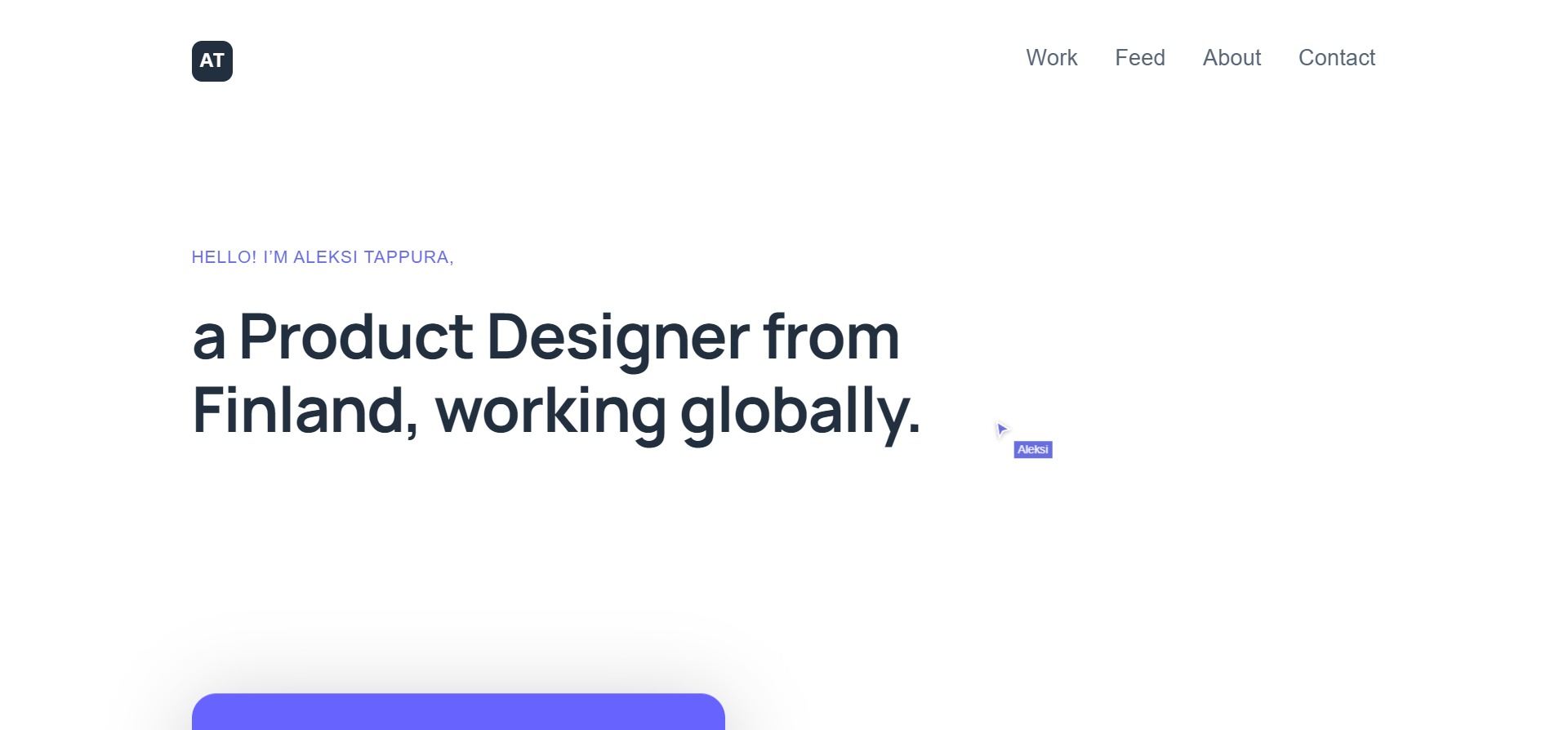
✅ Portfolio link: https://aleksitappura.com/
A product designer from Finland, Aleksi chose a very minimalistic style for her portfolio. It looks clean and contains only crucial information about her projects, with the case studies right on the home screen.
She also uses a great comprehensive structure for all her case studies. First, she describes the project and the challenge, then goes through her role in the project and the product design process. At the end of the case study we see clear outcomes of her work, design artifacts like customer journey maps and her own little conclusion on the project.
3. Johny Vino

✅ Portfolio link: https://www.johnyvino.com/
Johny Vino is a senior product designer who has worked for some of the world-famous tech companies, including Microsoft, Adobe, Apple, Zoho, etc. He has a very playful design portfolio full of interactive elements and animations.
That’s a great way to engage the audience and keep them invested in the story your case study tells. He uses minimum text and instead focuses on visuals and showcasing the results of his work.
4. Tom Parkes
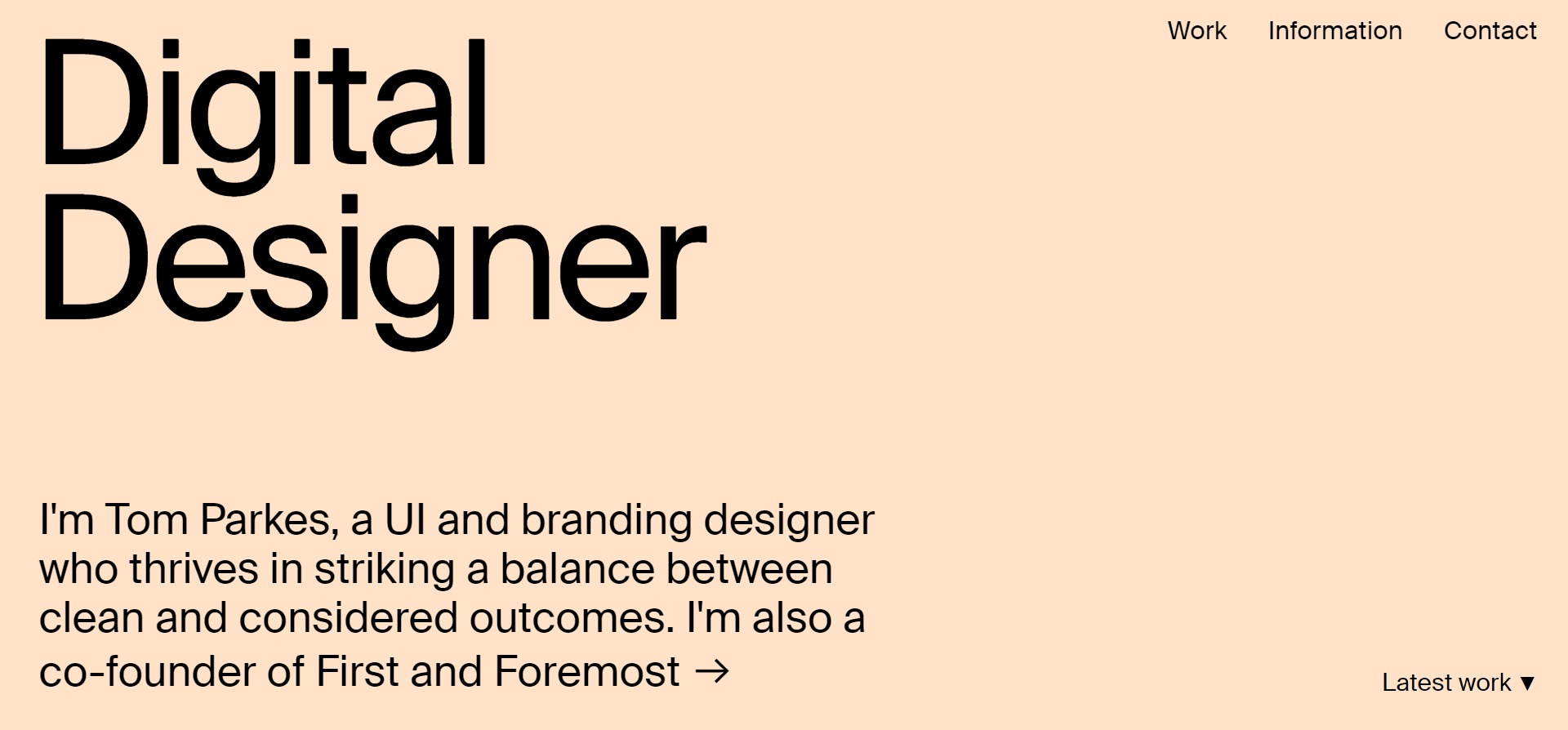
✅ Portfolio link: https://www.tparkes.com/
Tom’s portfolio stands out thanks to his unique bold brutalistic design. He showcases his style through his works, using interactive elements, and playing with typography, shapes, and colors.
The website is easy to browse and navigate and provides a great overview of Tom’s work, favorite projects and aesthetics.
5. Karolis Kosas
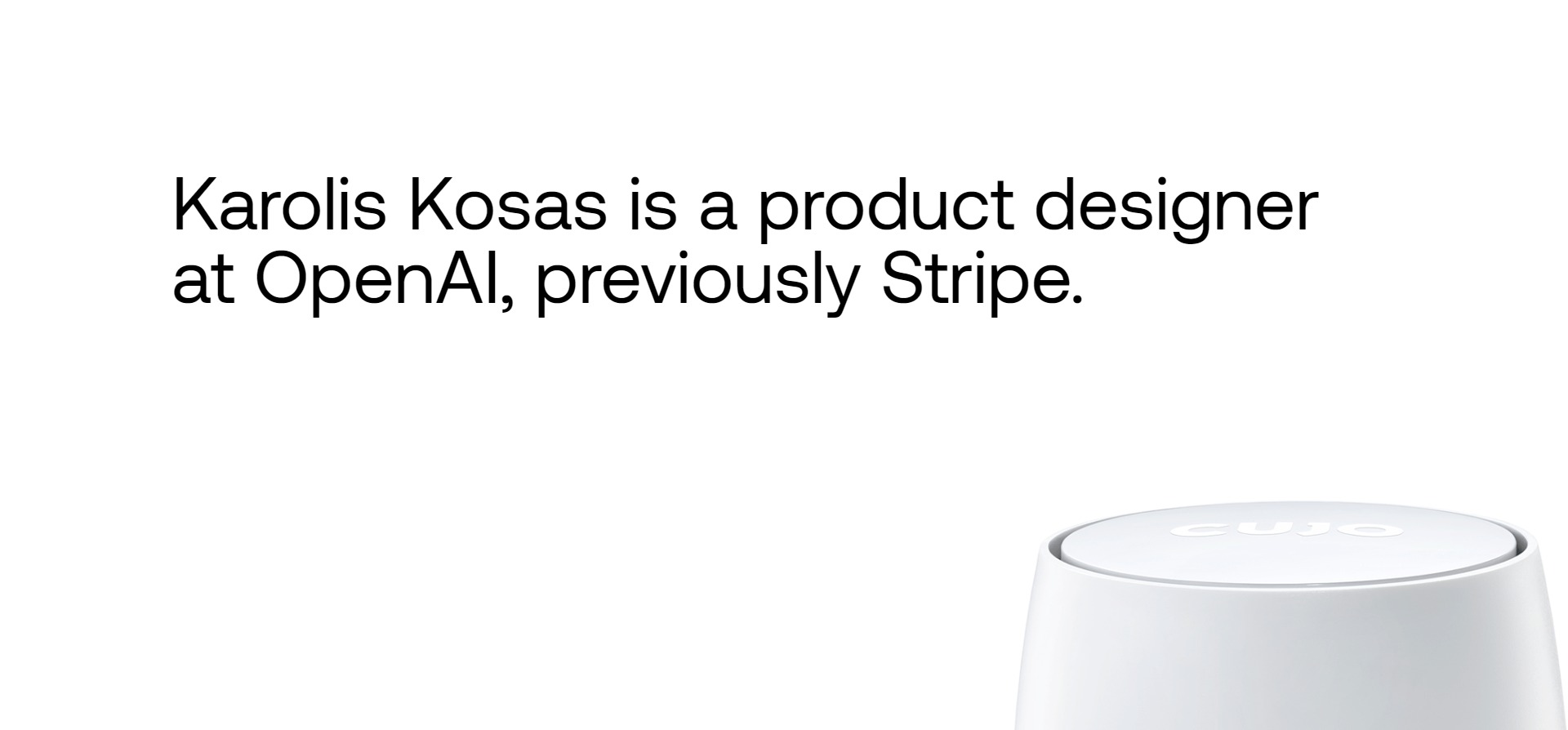
✅ Portfolio link: https://karoliskosas.com/
Karolis is a Product Designer at Open AI, who’s previously worked for Stripe. Karolis’s portfolio looks clean and minimalistic and has this fresh feel to it. Additionally, the website has no menu, it’s just a single landing page where you can find all his projects.
This is quite a unique structure, which allows Karolis’s works to speak for himself, showcasing his skills and approach.
How to Use UX Research to Validate Your Portfolio
Testing and conducting UX research on your portfolio is just as important as doing it on your other product design projects. Portfolios often contain quite a big amount of information, about your works and yourself. And structuring this information in a way that is easy to browse and navigate can be a challenging task.
That’s why you can leverage the power of testing to pinpoint areas of improvement, usability issues, and bugs. You can then easily fix them and be sure that your portfolio works as you want it to and communicates the intended message clearly.
The easiest way you can do this is by conducting usability testing either on your live portfolio or its prototype. This can be done with the help of an online usability testing tool like UXtweak. All you have to do is set the tasks for your participants and then watch how they complete them. The tasks should represent some of the most common actions people take in your portfolio.
For example, one task could be to find and view a specific project in your portfolio, such as “Find and click on the project titled ‘Website Redesign’ to learn more about it.” This task will help you assess how easily users can navigate to and access specific content on your portfolio.
Another way of testing your portfolio is conducting session replay to see how users interact with it, where they click, and what catches their attention.
Whatever method you choose to assess the usability of your product design portfolio, keep in mind that you can perform all these tests with the help of UXtweak! An all-in-one UX research platform that provides you with all the tools you need to create user-friendly products that people love!
See these tools in action👇
Tools and Platforms to Build Your Portfolio
- Website builders: popular website builders like Wix, WordPress and Squarespace offer a variety of stunning templates that will help you quickly put together a product design portfolio. Or you can choose to design your portfolio from scratch and then put it to life with the help of these builders.
- Portfolio-specific websites: you can also choose to post your portfolio on specialized websites like Behance and Dribble. It’s a great place to showcase your work and also connect to other professionals.
- UX research platforms: for testing your portfolio’s usability we recommend going for online usability testing tools. Some of them, like UXtweak, even have a free plan for small projects, which will allow you to test your portfolio completely free of charge.
Wrapping up
Now that you know all the critical elements and best practices of creating a good product design portfolio, it’s time to take action! Go ahead and put all your best projects together in one place and get ready for the job search. Don’t forget to regularly update and test your portfolio to make sure it’s still representative of your current skills and doesn’t have any usability issues.
For testing, you can always rely on UXtweak!
Register for your account and use our various UX research tools to make sure your portfolio is user-friendly and easy to look through.


